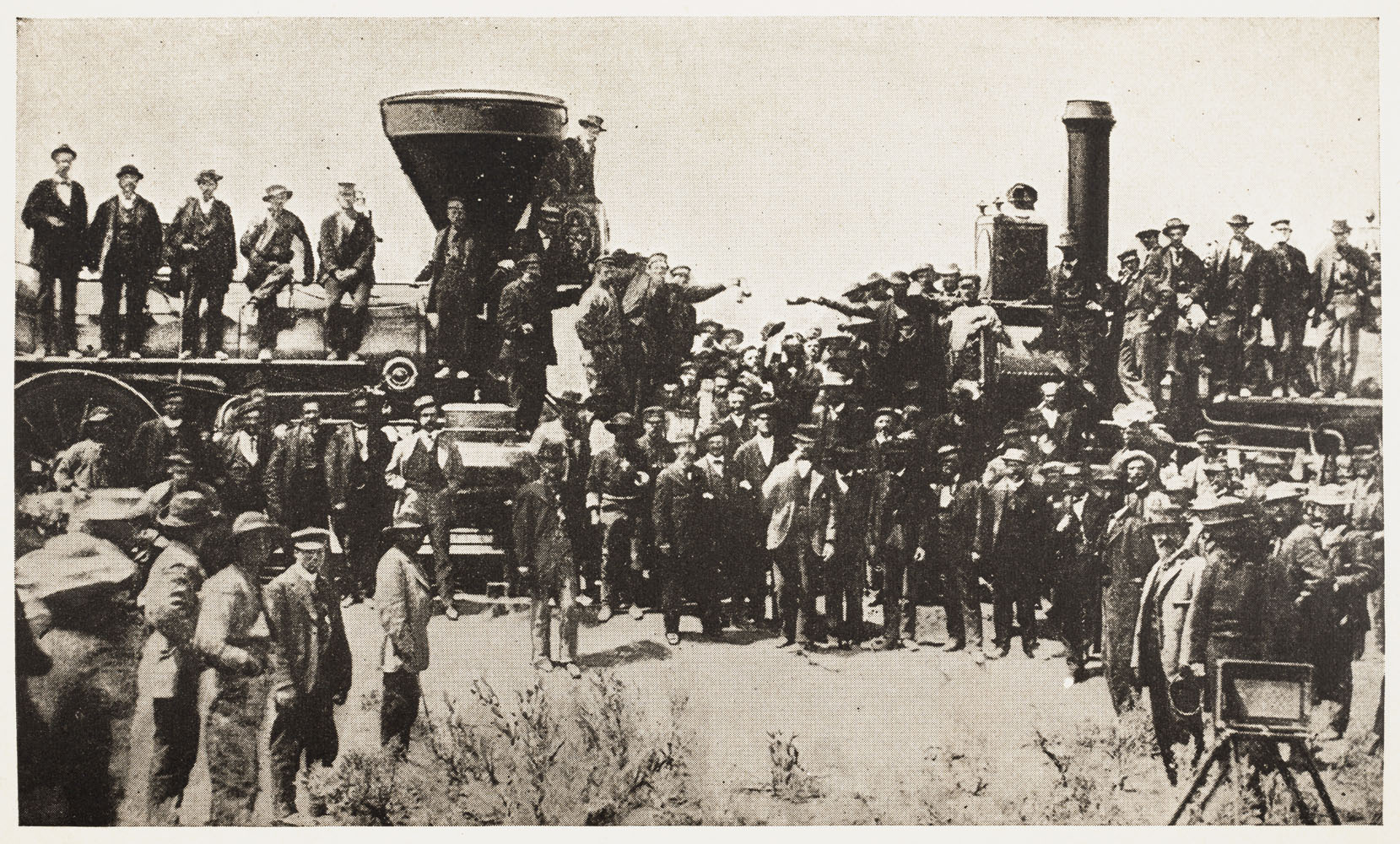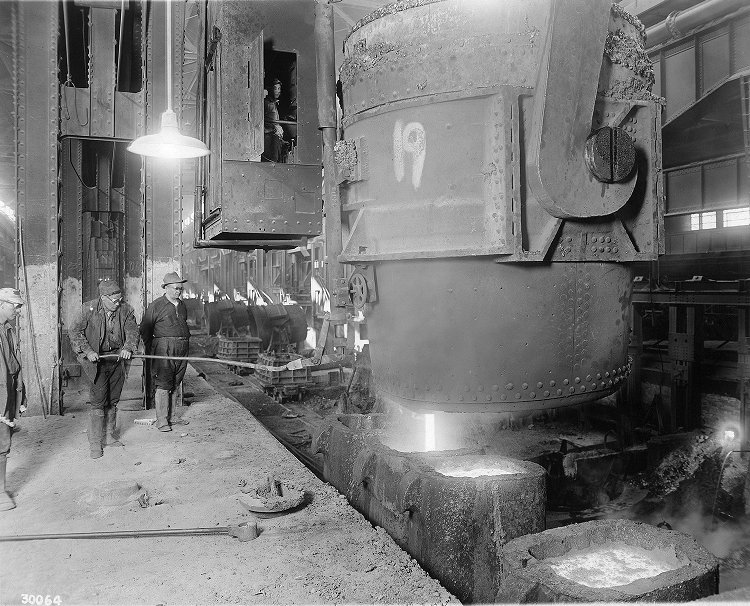American Colossus: The Triumph of Capitalism [1865 to 1900]
In the decades between the Civil War and the turn of the twentieth century, a few
breathtakingly wealthy businessmen transformed the United States from an agrarian economy to a world power.


AP Focus: The Development of manufacturing on a large scale. This includes steel, oil, mining, and railroads. Also impacted by Industrialization were social networks and consumer goods

The Bessemer process was the first inexpensive industrial process for the mass production of steel from molten pig iron before the development of the open hearth furnace. The key principle is removal of impurities from the iron by oxidation with air being blown through the molten iron. The oxidation also raises the temperature of the iron mass and keeps it molten
The Economics of Industrialization
1. Production by machine rather than by hand
2. Involvement of an increasing proportion of the work force in manufacturing concentrated in large, intricately organized factories
3. Accelerated technological innovation, emphasizing new inventions and applied science
4. Expanded markets, no longer local and regional in scope
5. Growth of a nationwide transportation network based on the railroad, along with a communications network based on the telegraph and telephone.
6. Increased capital accumulation for investment/expansion of production
7. Growth of large enterprises and specialization
8. Steady increase in the size and predominance of American cities
Industry in America 1800-1900: A Short Timeline
1814 The Lowell System
1824 The American System
1862 The Civil War Era
1900 Consolidation-Specialization
The Impact of Industrialization on American Society;
| SLAVERY |
INDUSTRY |
|
All encompassing system that impacts people at all levels and relationships
|
Will impact human relationships beyond the work a day world.. WHY? They move, how they work
|

Industry can create very different outcomes at the same time
|
Unifying elements
|
Dis-unifying elements
|
|
Makes country smaller
drops travel time
brings people into an integrated marketplace (same consumer goods)
Middle class develops (white collar) staffing offices of huge companies
$ to buy modern goods
|
Workers cannot afford the new goods
They only avenue for participation is as an overworked and underpaid factory worker
The leads to labor conflicts 1880-1890
Management vs. labor
These conflicts will disrupt the entire economy
|
The US has always been stratified, but during the Age of Industry the GAP GROWS

In the year 1900, Andrew Carnegie, owner of Carnegie Steel Corporation, earned $23 million dollars. At the turn of the century,
when the average worker earned $957 for engineers (the aristocrats of the railroad)

"Sweat of the laborer lubricated the vast new industrial machine. Yet the wage workers did not share proportionately
with their employers in the benefits of the age of big business."
Comments (0)
You don't have permission to comment on this page.